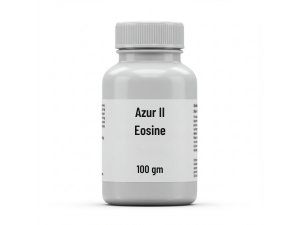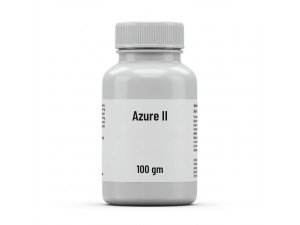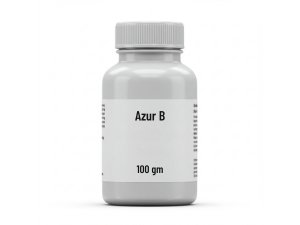Ammonium Molybdate
₹0.00 – ₹26,900.00
Ammonium molybdate is a white or yellowish-green crystalline compound used extensively in chemical analysis and as a fertilizer. It serves as a source of molybdenum, an essential trace element.
Ammonium molybdate, specifically ammonium heptamolybdate tetrahydrate, is a widely used inorganic compound with diverse applications. Here's a more detailed description:
Chemical Properties and Structure:
- Chemical Formula: (NH₄)₆Mo₇O₂₄·4H₂O (the tetrahydrate form is the most common)
- Composition: Consists of ammonium cations (NH₄⁺) and heptamolybdate anions (Mo₇O₂₄⁶⁻), along with water molecules of hydration.
- Appearance: Typically appears as white or slightly yellowish-green crystalline powder or crystals.
- Solubility: Soluble in water, though solubility decreases in solutions with high ammonium ion concentrations.
- Decomposition: Upon heating, it decomposes, releasing ammonia (NH₃), water (H₂O), and molybdenum trioxide (MoO₃). This decomposition process is utilized in certain analytical procedures.
- The thermal decomposition process is quite complex and various polymolybdates are made as intermediates during the decomposition.
Physical Properties:
- It is a crystalline solid.
- It is odorless.
- Its density varies slightly, dependent on it's precise hydration, but is within the 2.4 - 2.5 g/cm³ range.
Uses and Applications:
- Chemical Analysis:
- A crucial reagent in analytical chemistry, particularly for the determination of phosphate, silicate, arsenate, and lead.
- Used in the detection and quantification of these ions through the formation of heteropoly acids.
- Fertilizer:
- Serves as a source of molybdenum, an essential micronutrient for plants.
- Catalyst:
- Used as a catalyst in various industrial processes.
- Metal Finishing:
- Used in metal finishing processes.
- Laboratory Reagent:
- Used in many different lab situations.
Hazards:
- Irritant: Can irritate the skin, eyes, and respiratory tract.
- Ingestion: May cause gastrointestinal discomfort if ingested.
- Environmental Concerns: Molybdenum compounds can have environmental impacts, especially in high concentrations.
- When heated, it can release irritating and toxic fumes.
Important Considerations:
- Proper handling procedures, including the use of appropriate personal protective equipment (PPE) and adequate ventilation, are essential.
- Care should be taken when disposing of ammonium molybdate, in accordance with local regulations.
Additional information
| Weight | N/A |
|---|---|
| CAS number | 12054-85-2 |
| Chemical formula | (NH₄)₆Mo₇O₂₄·4H₂O |
| Molar mass | 1235.86 g/mol |
| Physical state | White to greenish-yellow crystalline solid or powder. |
| Odor | Odorless |
| Melting point | Around 190°C (decomposes). |
| Boiling point | Decomposes before boiling. |
| Density | Approximately 2.498 g/cm³. |
| Solubility in water | Soluble in water. |
| Flash point: | NA |
| Autoignition temperature | NA |
| Dye Content | NA |
| Vapor pressure | Negligible |
| UN number | NA |
| Flammability | Not-flammable. |
| Carcinogenicity | There is not strong evidence of carcinogenicity. However, as with many chemicals, appropriate safety precautions should be followed. |
| Grade | CP 98%, AR 99% |
| Size | 500 GM, 5 KGS, 25 KGS |
Only logged in customers who have purchased this product may leave a review.








Reviews
There are no reviews yet.